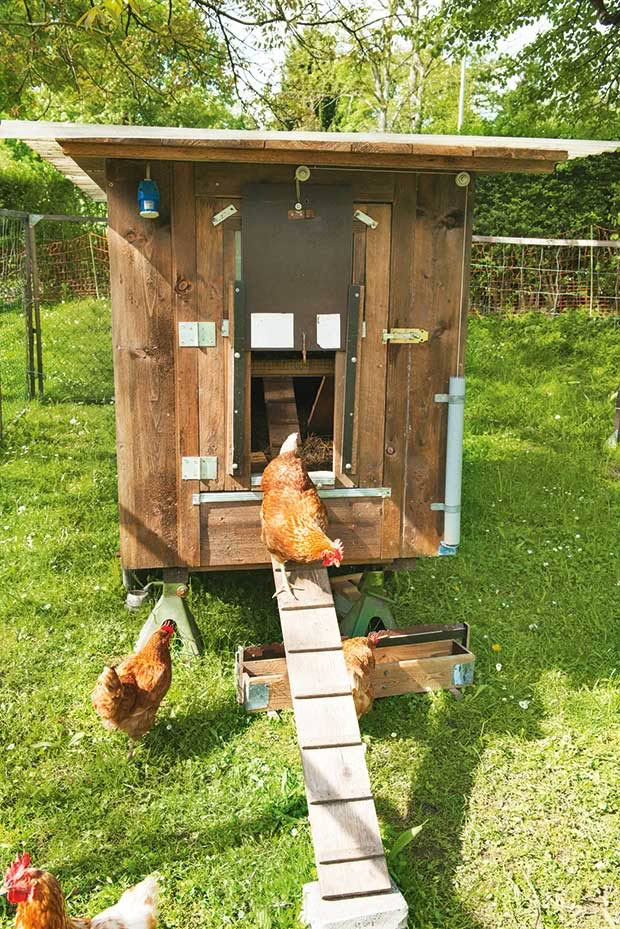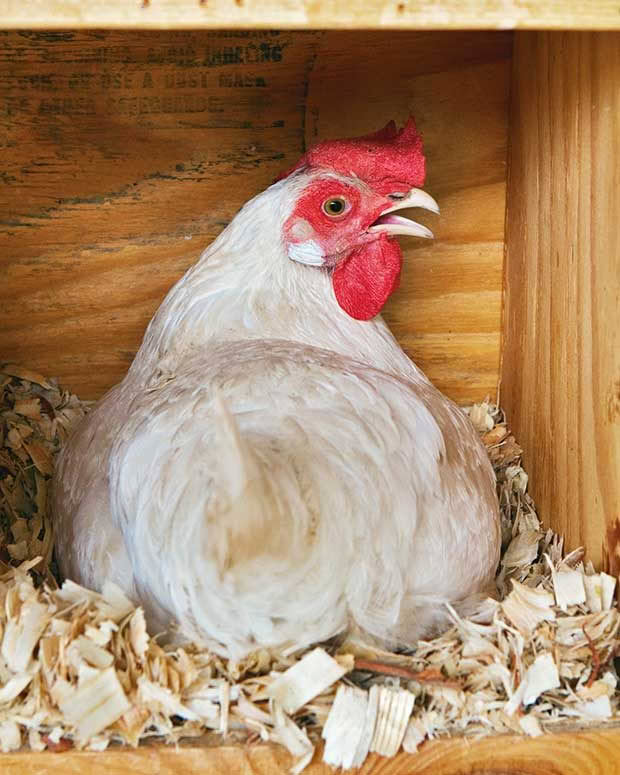The chicken coop of your hen’s dreams should have these features

Some tried-and-true coop features will make your life much easier.
Words: Nadene Hall
The perfect coop is a matter of opinion. Good looks top the list for many of us. But over time you may find your coop is making your life more difficult than it needs to be.
A good coop:
• Has enough room for your birds – welfare codes (which take commercial farming into account) advise 10 birds per square metre if they have access to free-range, but that tends to be far too crowded for a home coop which is more like 3 birds per square metre.
• Protects birds from rain, draughts, and cold winds.
• Has easy-to-remove feeders, waterers, nest boxes and perches.
• Has enough room for birds to comfortably access feeders and waterers (at least 10cm of trough per bird).
• Has vents or ventilation holes that can be open and closed depending on the weather.
• Is insulated, depending on the climate.
• Is easy to clean.
That last point is the one most new poultry owners rarely think of. But a coop with easy access when you need to clean or treat it for mites, and one where you can easily remove litter and manure is important. You can end up wasting large amounts of your free time struggling to clean or treat a coop with small doors or a complex layout.
Other things to consider:
• Do you want a permanently-placed coop or a mobile coop or coops, to stop muddy patches forming and to prevent rodents from nesting underneath it?
• Does the roof need guttering, so you can catch rainwater for storage, and prevent muddy areas from forming around it?
• Do you need a permanent coop and run, to protect your garden, and to keep birds safe from predators?
WHERE IS THE PERFECT PLACE FOR YOUR COOP?
Placement of a permanent coop needs careful thought. The worst spot is far away from your house, at the bottom of a slope where it’s damp, likely to stay wet for much of the year, and cold.

The best spot is as close to your home as possible. Multiple daily trips back and forth add up over time.
Other good aspects:
• somewhere sheltered from wind
• on free-draining soil to avoid mud (but if very dry, it may be dusty)
• if your climate is warm, under a tree
• where the prevailing wind will help shift any potential smells away from your home.
Love this story? Subscribe now!
READ MORE
Coop of the month: How to repurpose office furniture into a chicken coop
 This article first appeared in NZ Lifestyle Block Magazine.
This article first appeared in NZ Lifestyle Block Magazine.
